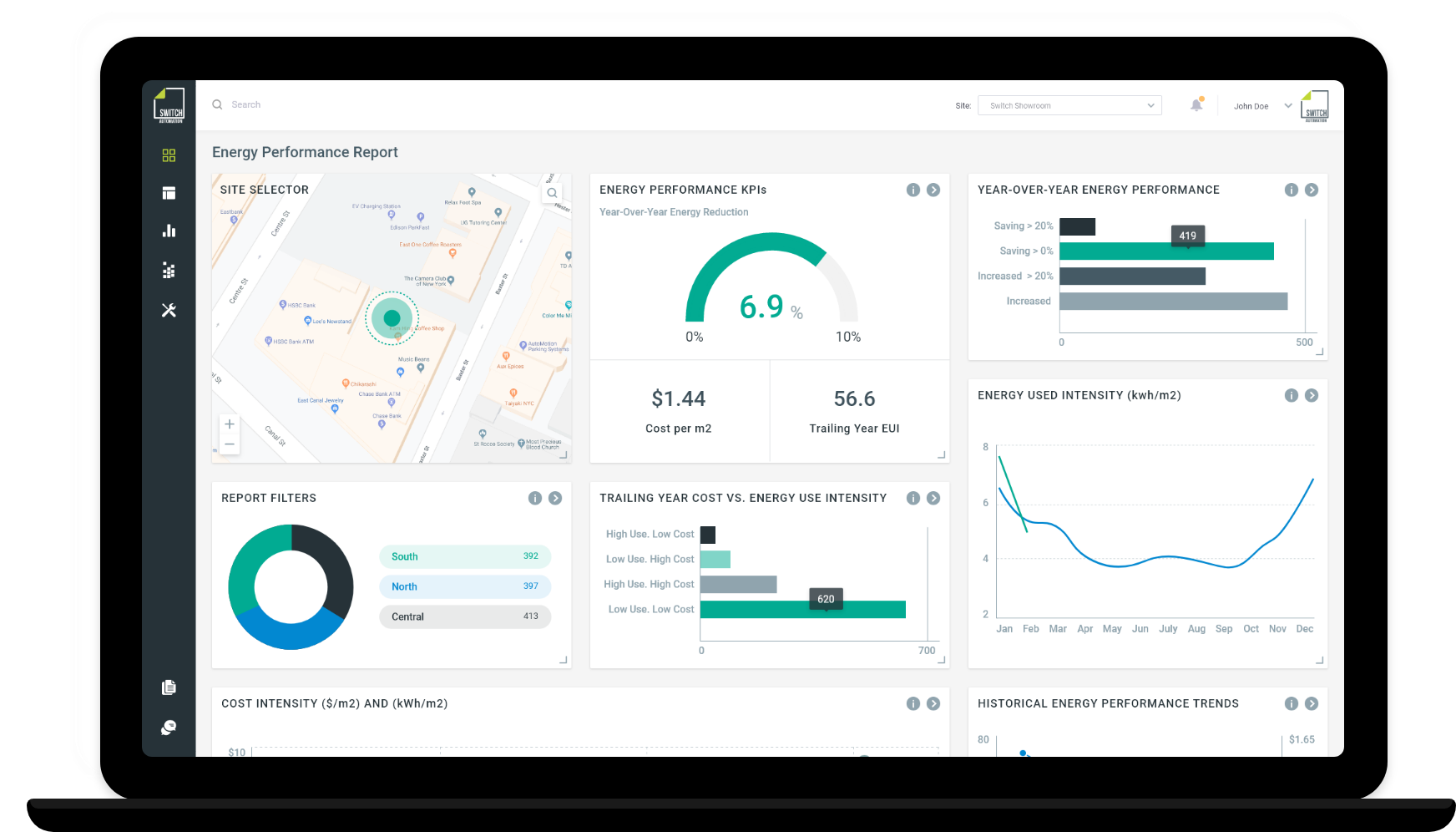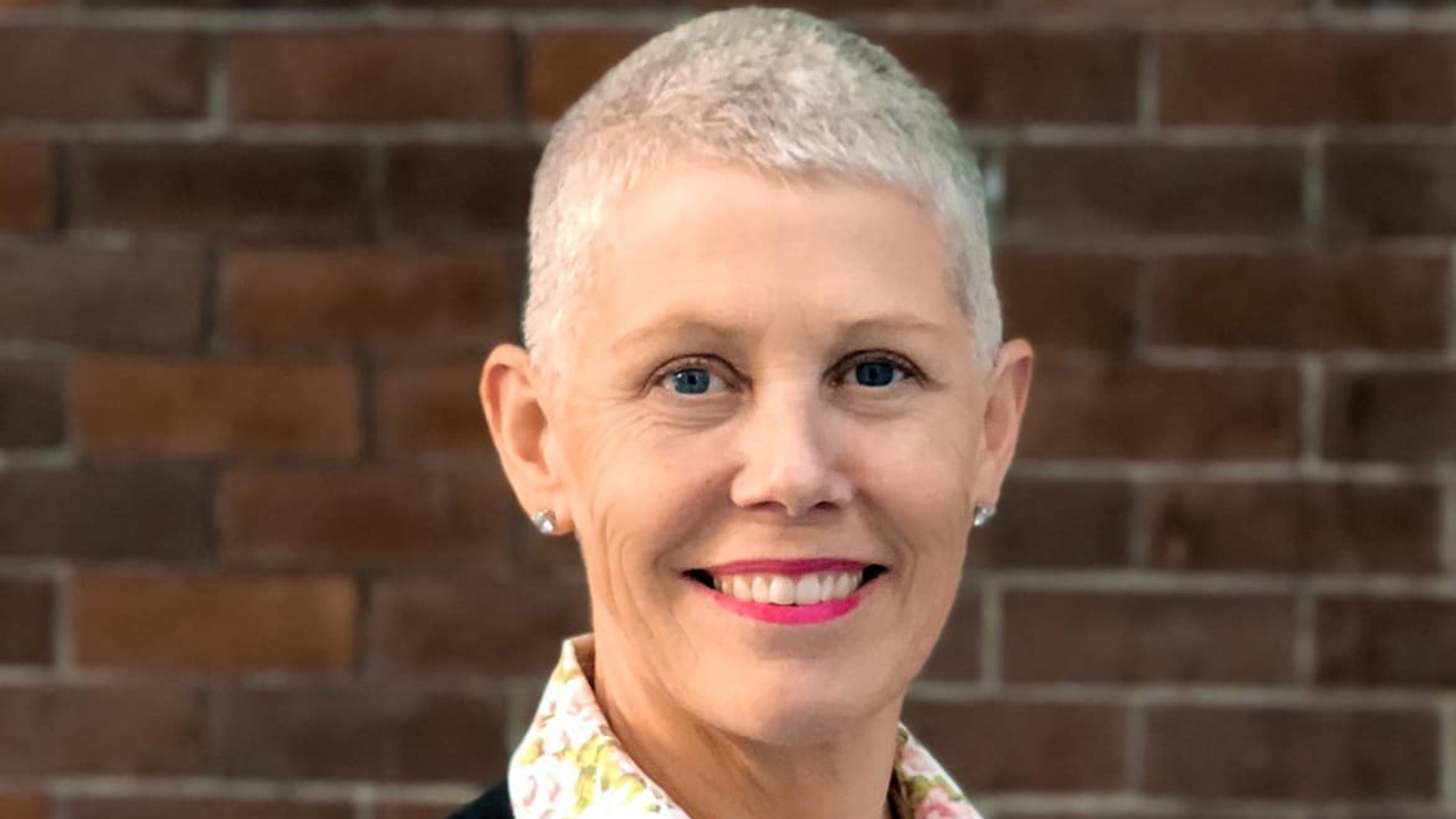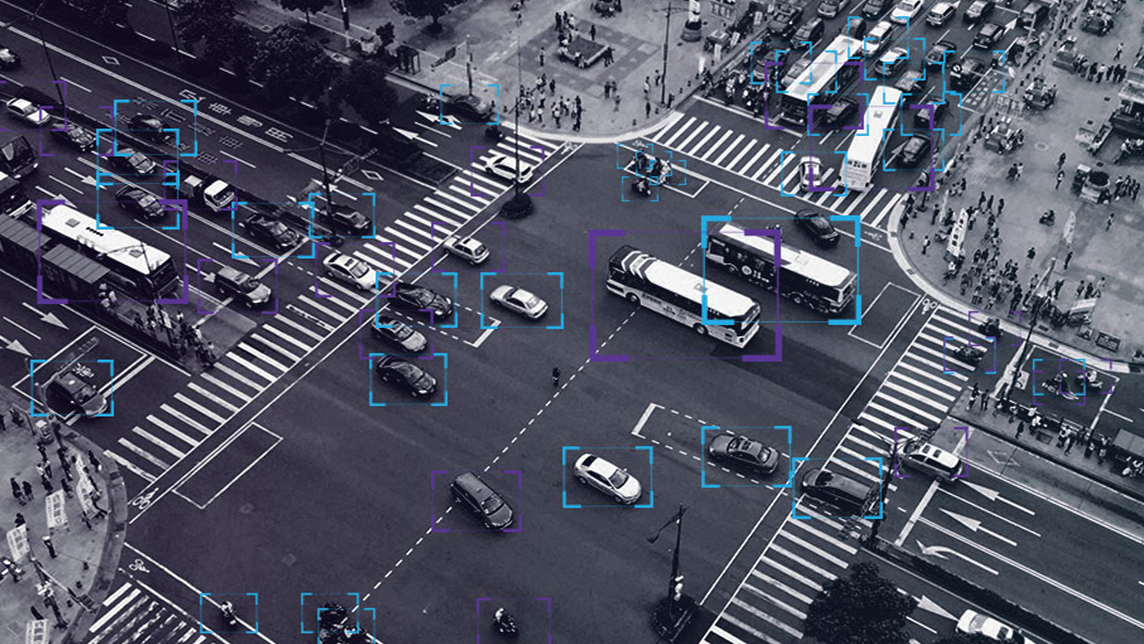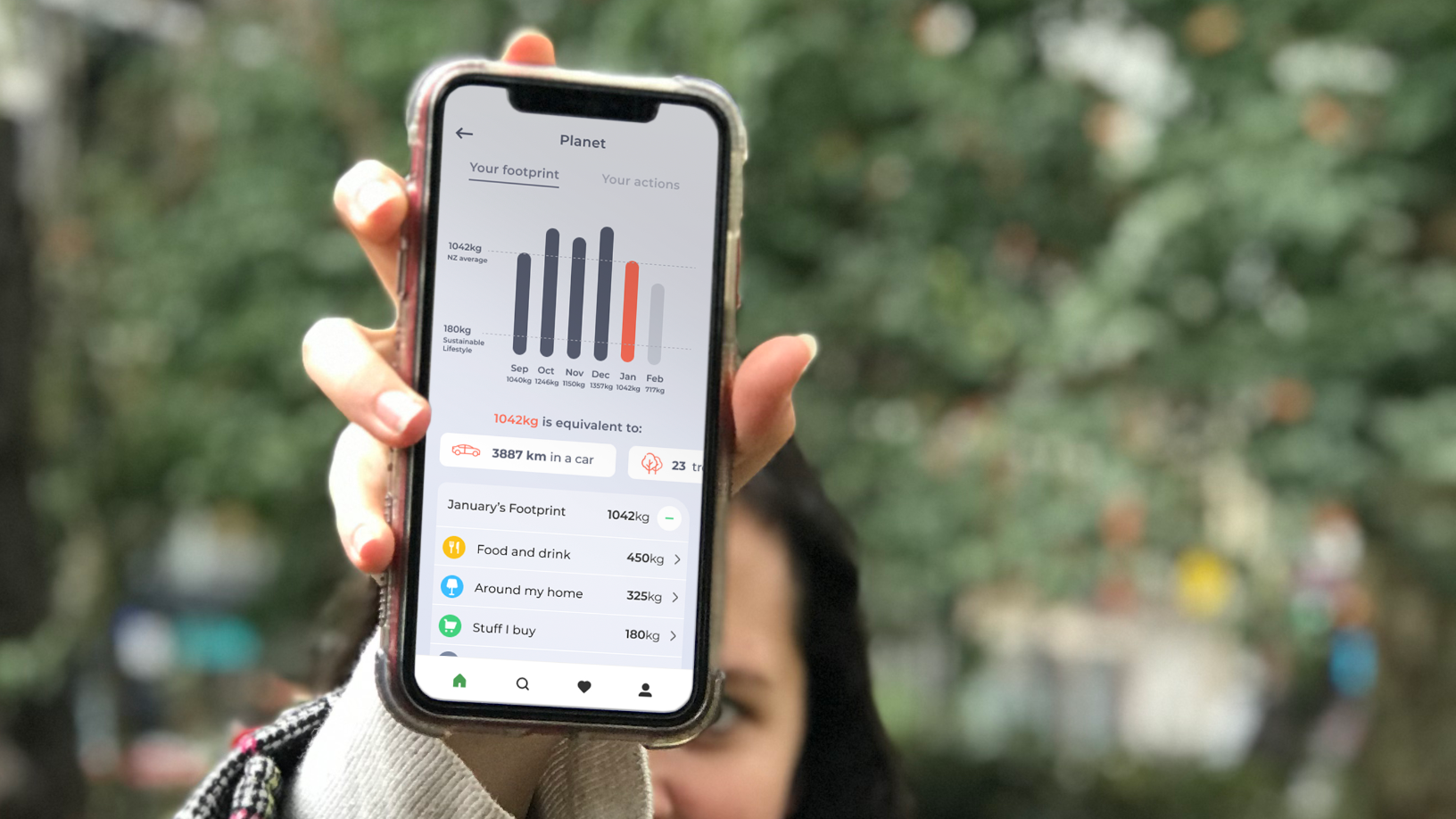With hundreds of integrated lighting, heating and cooling, and security systems, managing energy efficiency in multi-story offices and shopping malls is complex and is increasingly becoming a multibillion-dollar business. The global building automation system market is projected to grow to $112bn in 2026, with major players like Siemens AG and Honeywell International.
Denver-based startup Switch Automation is one of the smaller companies helping building owners and operators manage the myriad systems that control their buildings. Switch constantly monitors multiple buildings in each client’s portfolio using a cloud-based SaaS platform, which automates systems to maximize energy savings and finds faults before they become expensive to repair.
Switch Automation CEO and co-founder Deb Noller told CompassList that from $1,200 a month per building, owners could achieve energy and maintenance savings within six months of using the system. “Some of our clients are saving $1m a year,” Noller said.
With more than 1,700 buildings in Australia and North America in their portfolio, Switch Automation is expanding into the Asia-Pacific market. Singapore, one of the region’s green building and smart city development leaders, is their chosen beachhead. In October 2020, the company announced its first project in the city-state.
Since the company was established in 2005, Switch has raised $12m, with the most recent being a $5m Series A round in April 2020 led by Hong Kong-based investor Gaw Capital. Noller said the company is expecting to close a $25m Series B round by this July.
Seamless integration
Switch uses proprietary software called Dx3 to scan a building’s automation systems and networks to identify and catalog all connected devices. The software also identifies the firmware versions of the devices and open network ports, which helps the building manager patch security vulnerabilities. Dx3 costs a one-time fee of $10,000 per building and can be run as many times as needed to benchmark the system’s performance.
After the Dx3 audit, clients can begin using Switch’s SaaS platform, which starts from $1,200 monthly per building. A suite of cloud-based software continuously records performance data from buildings across the client’s portfolio and benchmarks the performance against each other. By doing so, Switch clients can identify which buildings are performing well in managing energy use and apply the lessons learned to other buildings in their portfolio. In addition, Switch combines helpdesk tickets, tenant complaints and maintenance work orders into the algorithm to provide insights to the building owners.
Energy savings are an important part of Switch’s offering, as building owners are increasingly expected to achieve sustainability targets in every part of their operations. Noller said that in some client properties, the building’s heating and cooling systems would run in competition with each other, resulting in energy wastage. Automated systems can save energy by preventing such conflicts.

However, Noller says that a more significant and attractive source of savings is from reducing monitoring and maintenance costs. “The way buildings are managed right now, a technician drives around the building once a quarter to assess the equipment and find faults. It’s completely manual and labor-driven, waiting for a human to find the problem."
For some clients, energy savings might be a lower priority compared to other KPIs. “One of our clients in Canada is Oxford Properties, and the number one KPI for it is improved comfort. They didn’t want tenants to complain that their space was too hot or too cold," Noller said. Other clients, she added, wanted to use the data collected through Switch to improve their building’s equipment performance.
An example is Chemika, an Australian chemical analysis laboratory. Chemika’s facility needed to upgrade its power supply, but such an upgrade would have been too expensive. By using Switch’s monitoring and automation platform, Chemika was able to find ways to reduce and regulate power usage, including by automatically reducing power to non-essential zones during times of high power demand.
Smart city leader
Switch Automation entered the Singapore market in 2020. Its first project in Singapore involved optimizing the building management system of the Duo Tower and Duo Galleria buildings, a 39-story complex in downtown Singapore that hosts premium offices and retailers.
The company aims for similar “grade A” properties in the city, but Noller also sees opportunities in smaller buildings. “We’re looking at some heritage buildings that have to be retrofitted [with smart building automation] while still being sympathetic to the original architecture.”
Noller believes that most governments are not as ambitious as Singapore’s when it comes to reducing pollution and energy use from the property sector. “Singapore has an 80-80-80 target, which means that 80% of Singapore buildings will be green by 2030; 80% of new buildings will be super low-energy properties, and there will be 80% improvement in energy efficiency compared to the 2005 baseline,” Noller said.
Not many governments are accepting the fact that “the built environment is responsible for 40% of our carbon emissions,” Noller said. She pointed to the Green Mark rating, issued by Singapore’s Building and Construction Authority (BCA) since 2005, as proof that the city-state is serious about energy efficiency in buildings. “The Green Mark rating system is one of the first operating standards [for buildings] in the world," she said.
She explained that the Green Mark system requires annual recertification, pushing building owners to ensure their operations consistently deliver on their sustainability promises. In contrast, most other green building standards measure energy efficiency according to the building’s design parameters and do not continually track its actual performance through its lifecycle.
Early adopter
Noller and co-founder John Darlington started Switch Automation in 2005 after starting three successive software companies in Australia. The two began their entrepreneurial streak in the 1990s when they developed systems for tracking cargo worldwide. One such system was integrated into the Indonesian customs framework, Noller said, helping reduce the time taken to offload cargo.
Switch started in the home automation market but eventually switched to enterprise clients. In 2009, Switch decided to move its software suite to the cloud, a goal it achieved in 2012. The release of Apple’s iPad in 2010 also drove Switch to develop its system to be accessible via mobile app.
Noller admitted that she faced many difficulties in fundraising as a female founder and an early adopter of building automation. “We were far too early for what is essentially a global trend now. Climate tech and ESG are becoming increasingly important,” she said. Before the company’s first fundraising of $2m in 2015, Switch had to be “very prudent” in using their bootstrapped funds, Noller recalled.
While Noller declined to discuss profitability, she shared that Switch now has a 65-person team, with software development teams in Europe, Australia and India. The company has already recruited personnel in the UK and will be recruiting more sales personnel globally to assist its expansion.
From Singapore, Switch Automation will expand to other Asian countries, such as Korea, Japan, and China, and the company is already in talks with local partners and prospective clients in these countries. Switch also hopes to enter the European and Middle Eastern markets in the future, supported by their soon-to-be-closed $25m funding round.











